Introduction
Navigating financial instability requires more than just a reactive approach—it demands strategic, data-driven, and forward-thinking solutions. This article delves into practical steps that CFOs can implement to turn around a struggling business. Starting with identifying root causes through comprehensive analysis, the discussion moves to stabilizing finances by cutting non-essential expenses and seeking funding.
It then covers the importance of reevaluating and adapting business plans to current market trends. Engaging employees through open communication and motivation is emphasized as a key driver of innovation and productivity. The article also highlights the significance of a customer-centric approach to understand and meet customer needs effectively.
Streamlining operations with advanced technology solutions and monitoring progress through key performance indicators (KPIs) ensures that strategies are not only implemented but continuously refined for sustained success.
Assess the Situation: Identify the Root Causes
Start by performing a comprehensive analysis of your business's current condition. Collect financial data, customer feedback, and employee insights to identify the specific issues contributing to the downturn. Search for trends in revenue decline, operational inefficiencies, and shifts in the industry. For instance, TBC Bank's agile transformation aimed to reduce organizational complexity and improve time-to-market for digital products, emphasizing the importance of adaptive strategies in response to market changes. Understanding these root causes is essential for devising effective solutions. According to a survey of over 4,400 professionals, understanding the current state of the industry is vital for navigating challenges and implementing data-driven strategies. Frameworks can be invaluable here, providing a systematic way to analyze problems, develop solutions, and implement them in a repeatable manner. As one expert noted, 'Frameworks in commerce are tools or models that help organizations structure, organize, and approach complex challenges.' By leveraging these insights and tools, organizations can better understand their issues and create targeted, effective strategies for recovery.
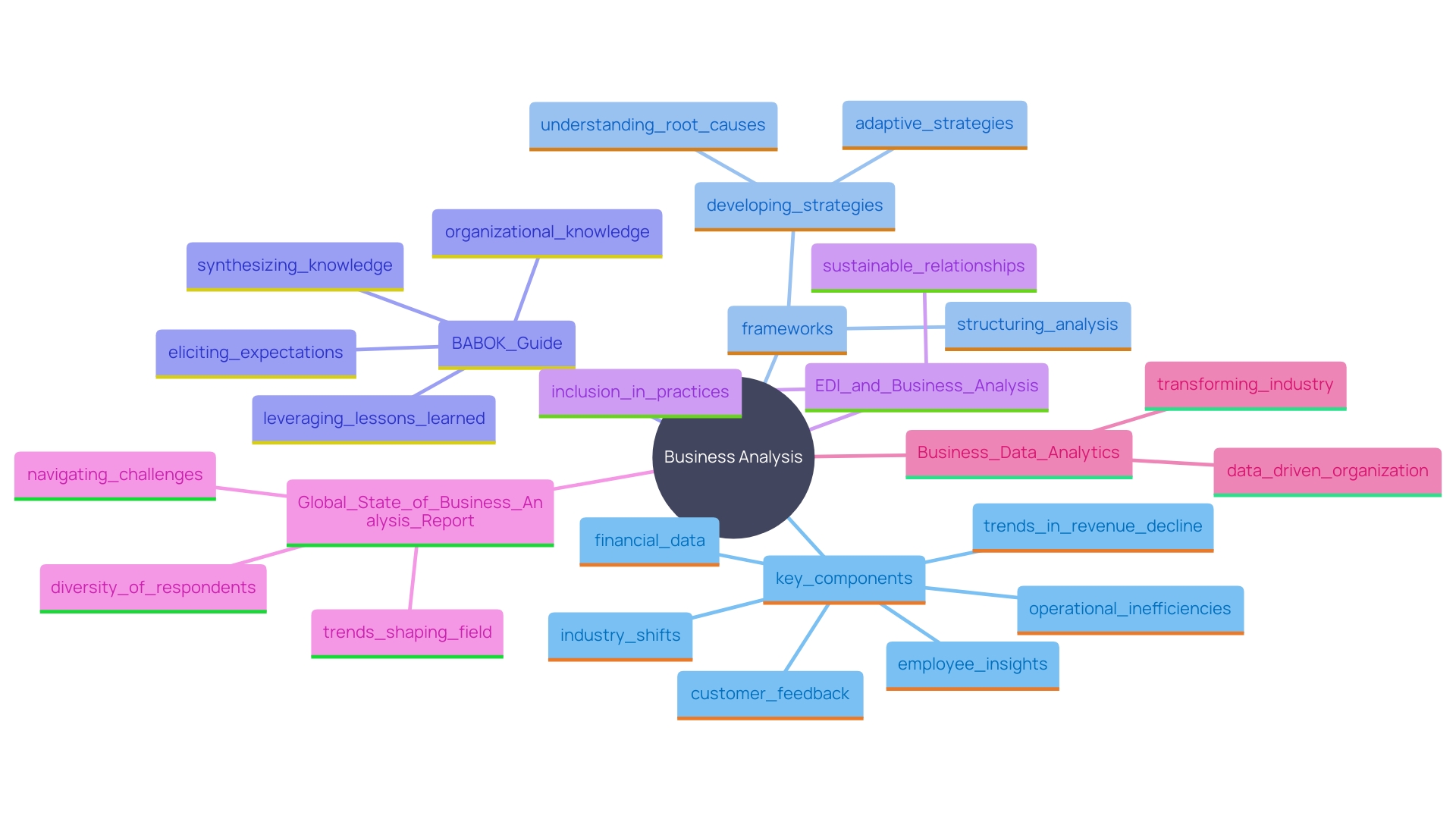
Stabilize Finances: Cut Unnecessary Expenses and Seek Funding
Analyze your financial statements meticulously to pinpoint areas where expenses can be trimmed. Focus on eliminating non-essential costs and seek to renegotiate terms with suppliers to secure better deals. Additionally, it's crucial to explore various funding options to improve cash flow. Government grants and corporate funding opportunities can provide much-needed financial support. For instance, grants targeted at specific industries or initiatives, like green technology or economic development, can offer significant financial injections beyond immediate needs. Tailor your proposals to align with the grant requirements to maximize your chances. Loans are another option to consider, especially in times of financial strain, providing the necessary cushion for essential investments and operational stability.
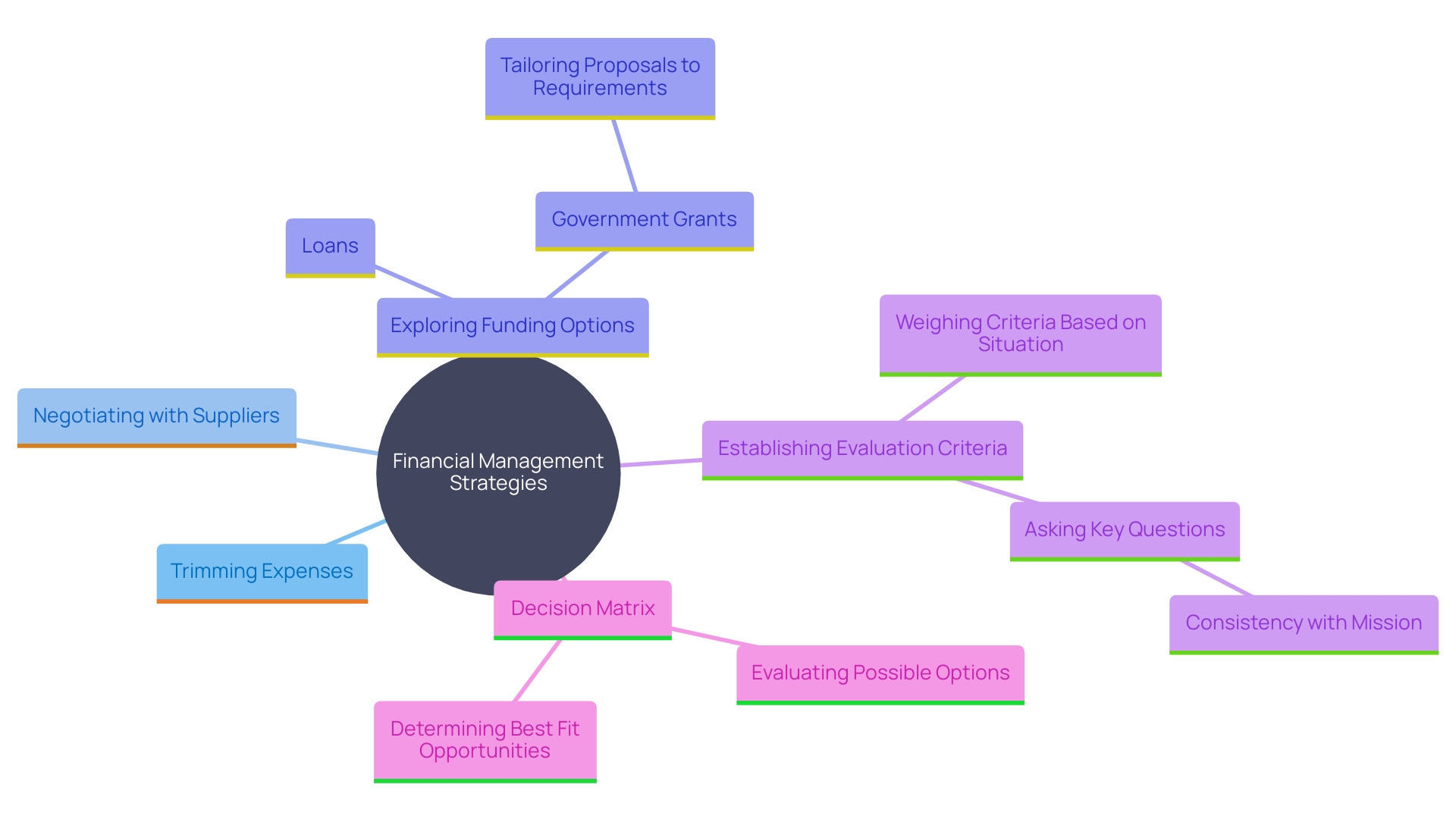
Reevaluate Your Business Plan: Adapt to Changes and Trends
Revise your plan to reflect the current market landscape by incorporating insights from your analysis and adjusting your goals accordingly. The world is constantly changing—consumer preferences, technological advancements, and competitive dynamics evolve, making it essential for organizations to stay relevant. Focus on aligning your offerings with customer demands and emerging trends to ensure competitiveness in your industry.
A strategic business plan should be a dynamic document that outlines your organization's goals, objectives, and the necessary steps to achieve them. To effectively respond to market changes, consider various strategies such as reinvention, repositioning, or rebranding. For instance, rebranding can refresh a product's image if its name has become tainted, while repositioning can change how clients perceive your brand in relation to competitors.
Observing alterations in client behavior is essential. Falling sales, reducing share of the industry, and client complaints are evident indicators that it's time to change direction. Moreover, keeping informed about wider trends like sustainability can provide you with an advantage, as 78% of US consumers now favor organizations that align with their values, according to a recent Nielsen study. By continuously adapting and meeting customer expectations, your organization can navigate financial crises and thrive in an ever-changing market.
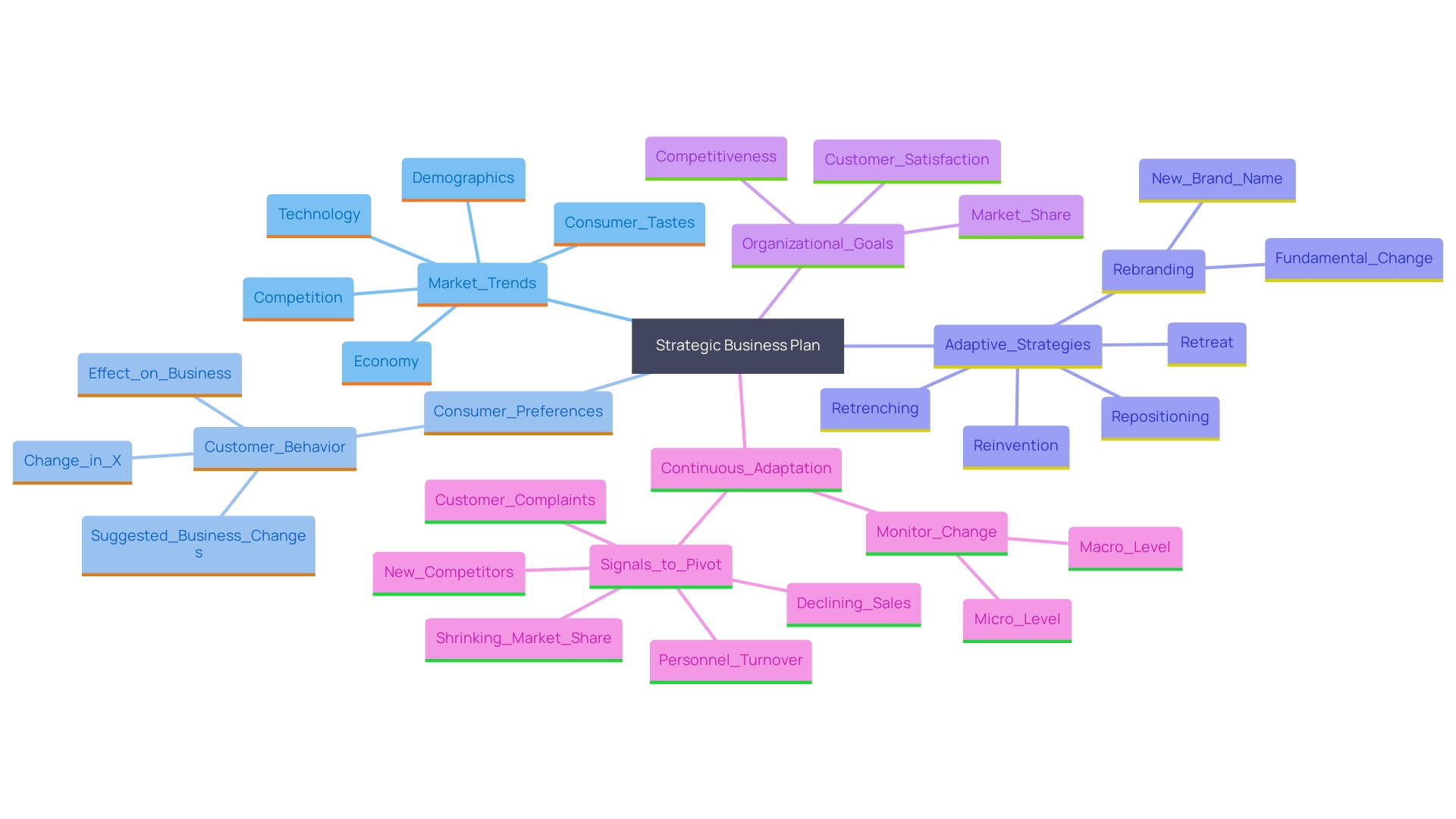
Engage Employees: Open Communication and Motivation
Cultivate a culture of open communication within your organization. Clearly define and communicate the company's goals and challenges, ensuring that every employee, from executives to entry-level staff, understands their role in achieving these objectives. Regular and transparent communication fosters a sense of ownership and accountability among employees.
Encourage brainstorming sessions and collective problem-solving to leverage diverse perspectives. According to Gallup's research, employee engagement is a significant predictor of organizational performance, growth, and profitability. Engaged employees, who feel their feedback is valued, are more likely to drive innovation and increase productivity.
Utilize digital tools to enhance communication and gather real-time feedback, as highlighted by the increasing use of platforms like Slack, Jira, and Google Calendar. This approach not only keeps everyone informed but also helps in identifying and addressing issues promptly.
Recognize and celebrate employees' contributions to reinforce their commitment and motivation. Creating an open feedback culture, as suggested by Marcus Buckingham and Ashley Goodall's Feedback Fallacy Theory, shifts the focus from criticism to celebrating achievements, fostering a positive work environment. With nearly 72% of workers worldwide involved in their roles, sustaining high levels of engagement is essential for ongoing success.
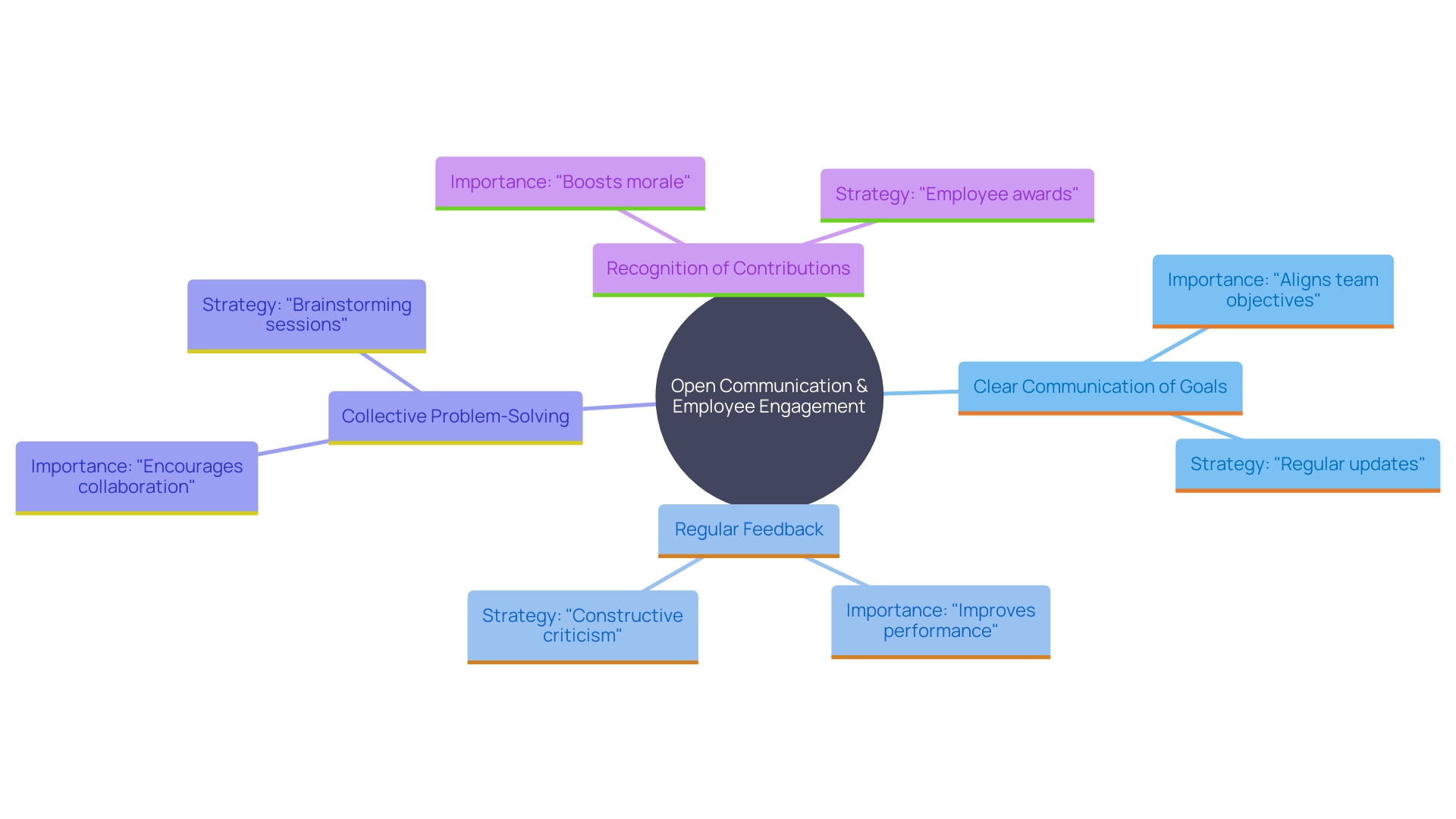
Customer-Centric Approach: Understand and Meet Customer Needs
Exploring client insights is crucial for revitalizing a failing business. By conducting thorough surveys, interviews, and sophisticated analysis, companies can obtain valuable insights into client preferences and challenges. Shake Shack's experience with Qualtrics AI is a testament to the power of leveraging data for actionable insights. This approach enables quick identification of themes and recommendations, which is crucial in tailoring products and services effectively.
Consider the case where Shake Shack faced marketing challenges with its Cascara Shake. The issue was not the product itself but how it was conveyed to the clients. By grasping these subtleties through consumer responses, enterprises can evade expensive errors. Likewise, Modern Market Eatery highlights direct engagement with patrons to collect feedback, guaranteeing that products and processes are consistently improved based on genuine input from individuals.
Artificial Intelligence (AI) improves this process by allowing small enterprises to examine and respond to client data rapidly. According to Pipedrive's report, 42% of companies with 10 or fewer employees now utilize AI tools, demonstrating its growing importance in today's market.
Creating a seamless Omni-channel experience is another key strategy. As demonstrated by Cindy's experience, moving seamlessly from a website to a chatbot, and then to live chat and phone assistance, without reiterating her problem, shows how organizations should aim to uphold ongoing and efficient communication with clients.
Implementing these strategies not only assists in meeting urgent client demands but also cultivates a devoted clientele, ultimately boosting sales and securing long-term viability.
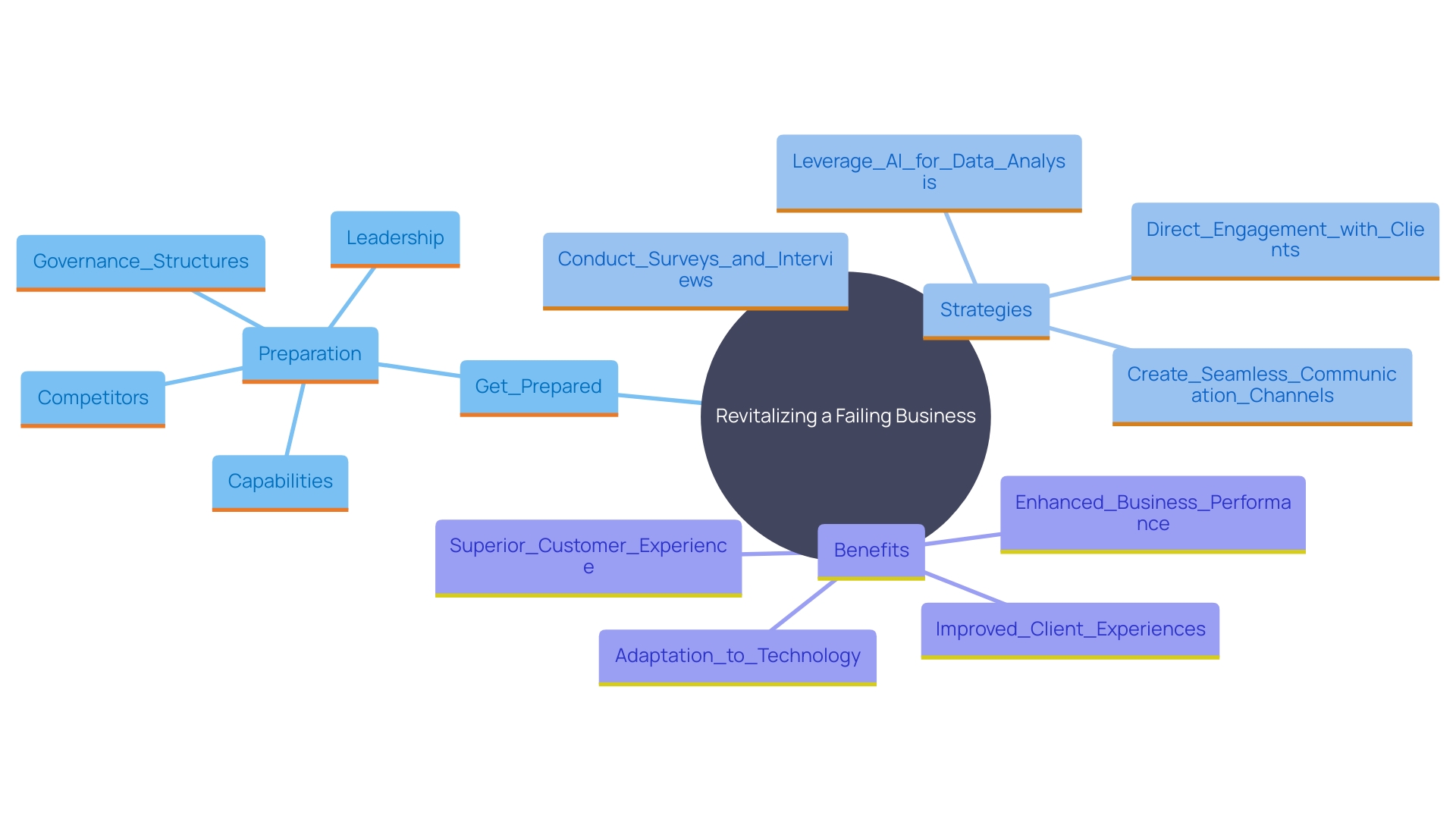
Streamline Operations: Optimize Processes for Efficiency
To optimize your operations, it is essential to scrutinize your processes for bottlenecks and redundancies. Leveraging advanced technology solutions, like those utilized in Industry 4.0, can significantly enhance efficiency by automating repetitive tasks. For instance, Optimotion transformed a traditional, labor-intensive water treatment process into an automated system, recording chemical usage and optimizing dispensing, thus ensuring compliance with stringent standards.
The integration of AI and IoT in operational processes is not just a trend but a necessity. According to the Pew Institute, AI can perform at least some of the tasks of 80% of human workers, streamlining operations and reducing costs. In Canada, 6.1% of enterprises have already embraced AI for production, showcasing its potential to revolutionize workflow efficiency.
A case in point is a prominent cloud services provider that partnered with Insight to drive agility and cost management. By shifting focus from hardware management to client consumption requirements, they successfully opened 18 new data centers, each potentially costing millions of dollars, with a strategic approach to planning and management.
'Dr. Jacobs, Professor of Operations and Supply Management, emphasizes the significance of a practical approach to operations, stating, 'Challenging economic and labor conditions combined with evolving consumer behaviors present an opportunity for organizations to stand out by exceeding customers' expectations for a seamless, swift, and effortless purchasing experience.''
Staying informed about the latest advancements in automation and AI, as emphasized by Automation.com, is essential for organizations aiming to enhance service delivery and operational efficiency. Embrace these technologies to transform your operational landscape and stay ahead in a competitive market.
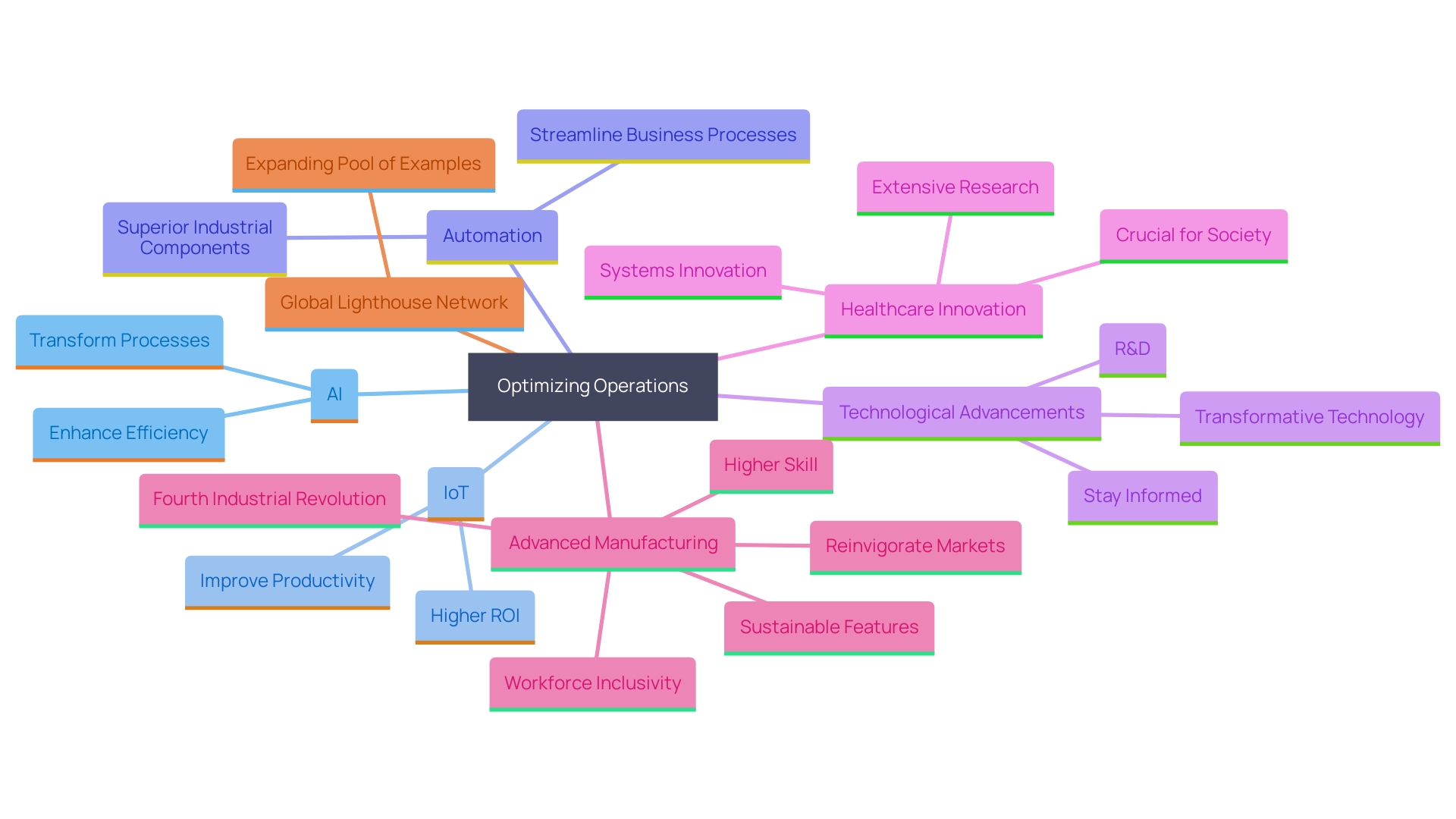
Monitor Progress: Track KPIs and Adjust Strategies
Establishing key performance indicators (KPIs) is critical for measuring the effectiveness of turnaround strategies. KPIs provide measurable values that reflect how effectively an organization is achieving its objectives. Regularly reviewing these metrics allows you to track progress towards specific goals, identify areas needing improvement, and make data-driven decisions.
Incorporating AI and advanced analytics can further enhance the development and execution of strategic initiatives. As mentioned by Francois Candelon of the Boston Consulting Group, utilizing technologies can significantly influence organizational performance and societal outcomes. By utilizing AI, businesses can gain deeper insights into their operations, allowing for more informed and agile decision-making.
For example, the exploration by MIT Sloan Management Review highlights how AI is transforming strategy development. Michael Schrage's research on digital media and metrics highlights the significance of utilizing information as strategic assets for managing innovation and risk. This method not only assists in monitoring KPI metrics but also in adjusting strategies based on real-time information insights.
In today's competitive environment, having precise information at your fingertips is paramount. Implementing KPIs and leveraging advanced technologies can offer a competitive edge, increase profitability, and drive long-term success. Therefore, being prepared to adjust your approach based on data revelations ensures that your business remains adaptive and resilient.
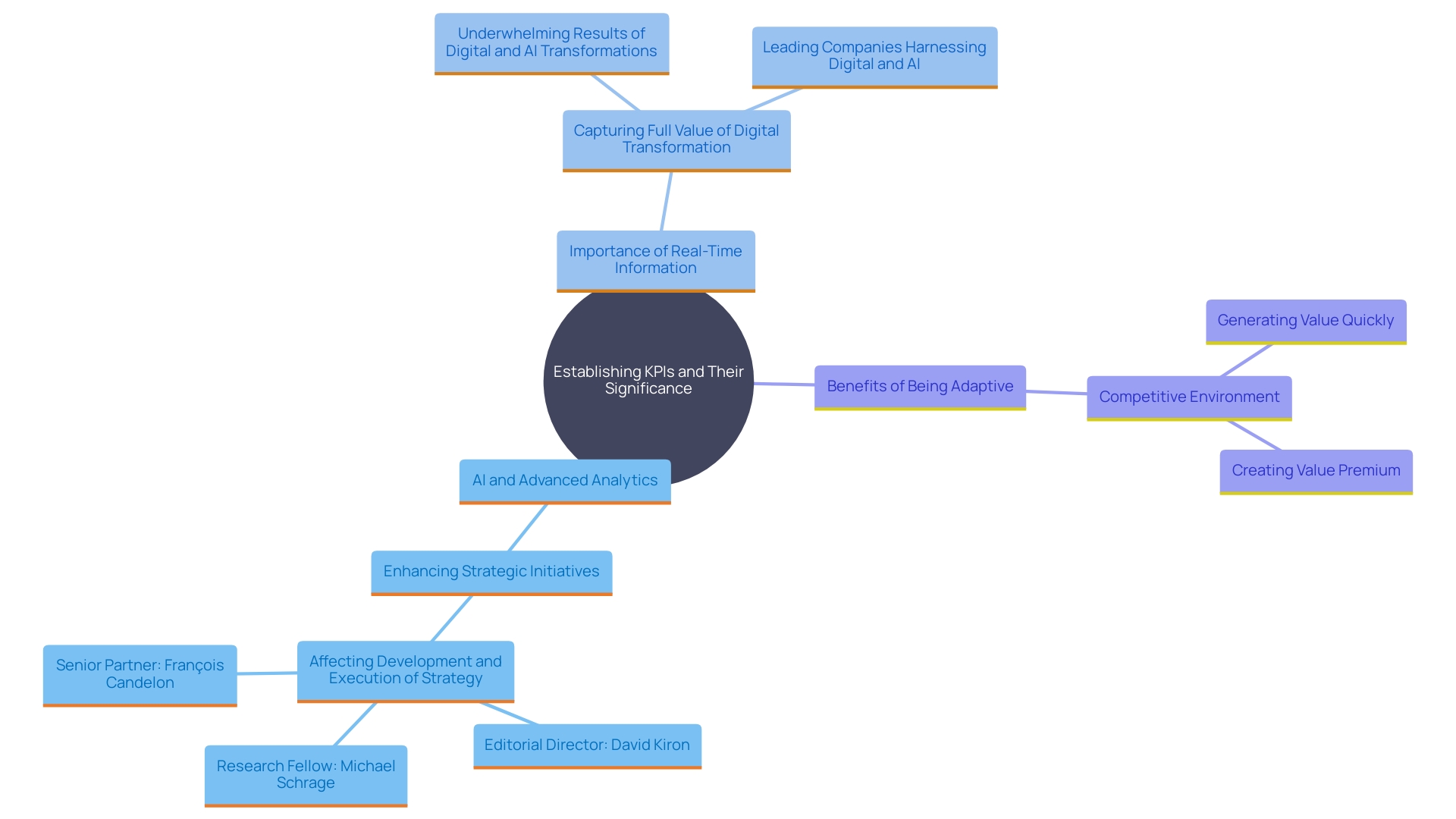
Conclusion
Navigating financial instability requires a multifaceted approach that integrates comprehensive analysis, strategic financial management, and a deep understanding of customer needs. Identifying root causes through meticulous data collection is the first step to addressing issues effectively. By leveraging frameworks and tools, businesses can develop targeted strategies that facilitate recovery and growth.
Stabilizing finances involves cutting unnecessary expenses while seeking diverse funding options to enhance cash flow. This proactive financial management not only secures immediate resources but also positions the business for future investments. Reevaluating the business plan to adapt to market trends ensures that organizations remain relevant and competitive, allowing for timely pivots in strategy when consumer behaviors shift.
Engaging employees through open communication fosters a culture of accountability and innovation. By recognizing contributions and encouraging collaboration, businesses can harness the full potential of their workforce. Simultaneously, adopting a customer-centric approach—through insights gained from data analysis and direct feedback—enables companies to meet evolving customer expectations and enhance loyalty.
Streamlining operations with advanced technology is essential for optimizing processes and improving efficiency. Embracing tools like AI and automation can significantly reduce operational costs while enhancing service delivery. Finally, continuously monitoring progress through key performance indicators ensures that strategies are not only implemented but are also refined based on real-time insights.
In conclusion, by adopting a proactive, data-driven approach that emphasizes financial stability, employee engagement, customer understanding, and operational efficiency, businesses can navigate through financial challenges and emerge stronger. The key to sustained success lies in adaptability and a commitment to continuous improvement.




